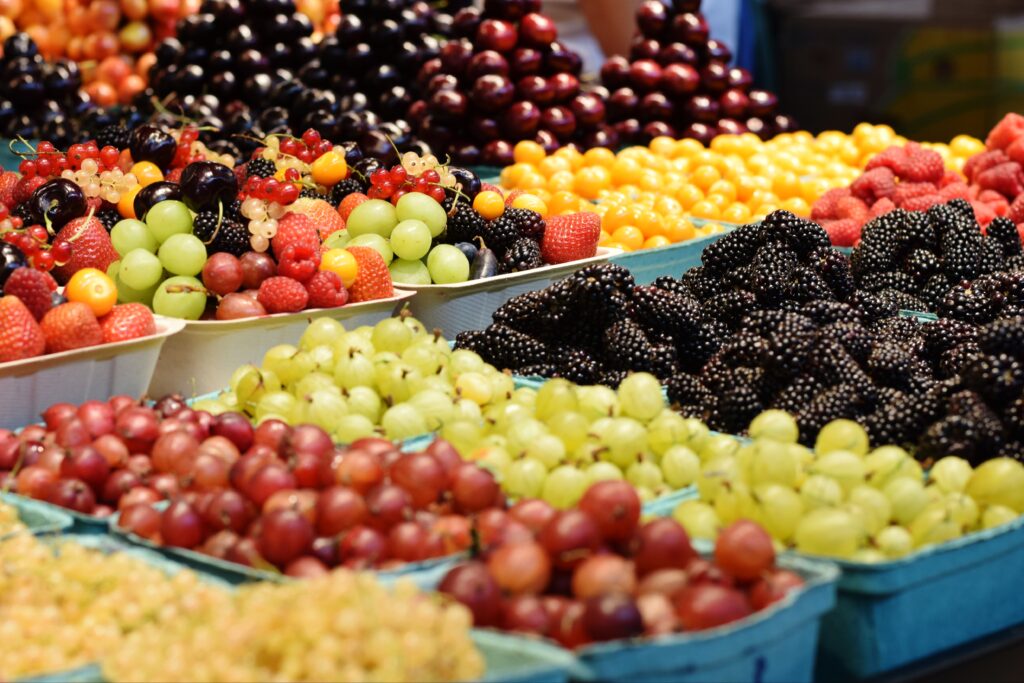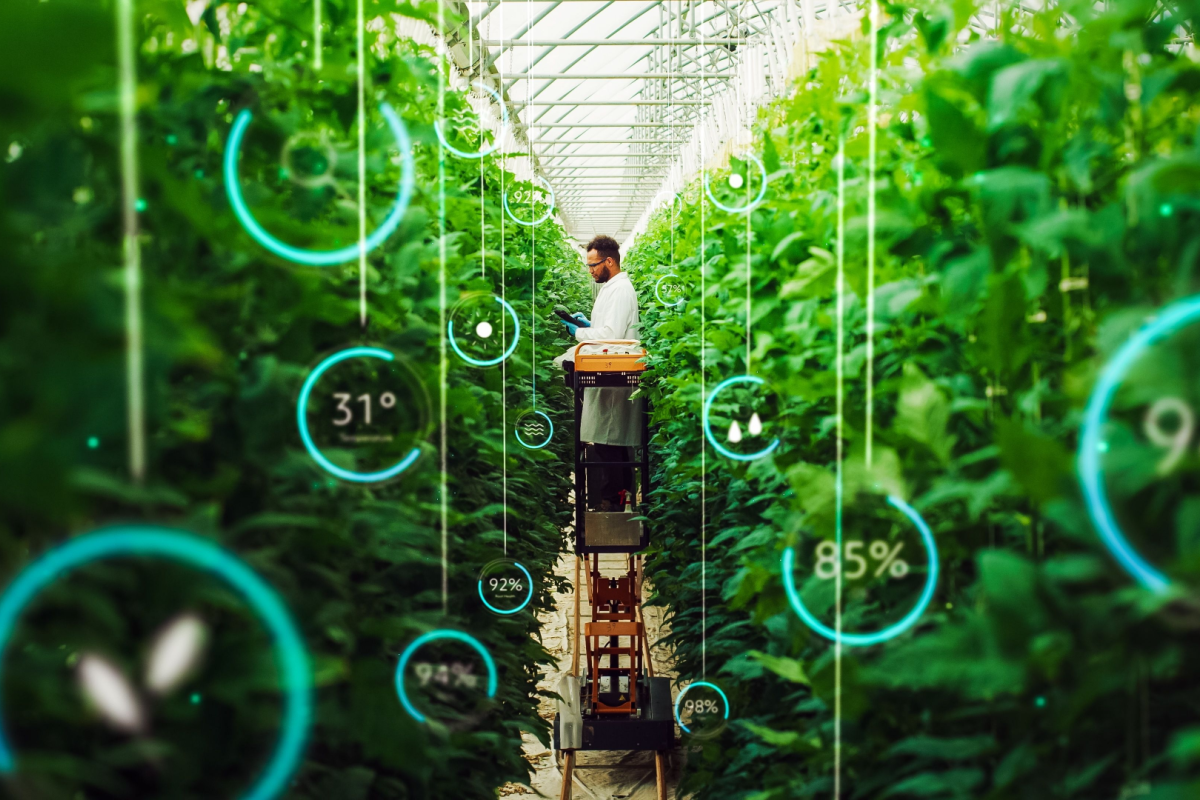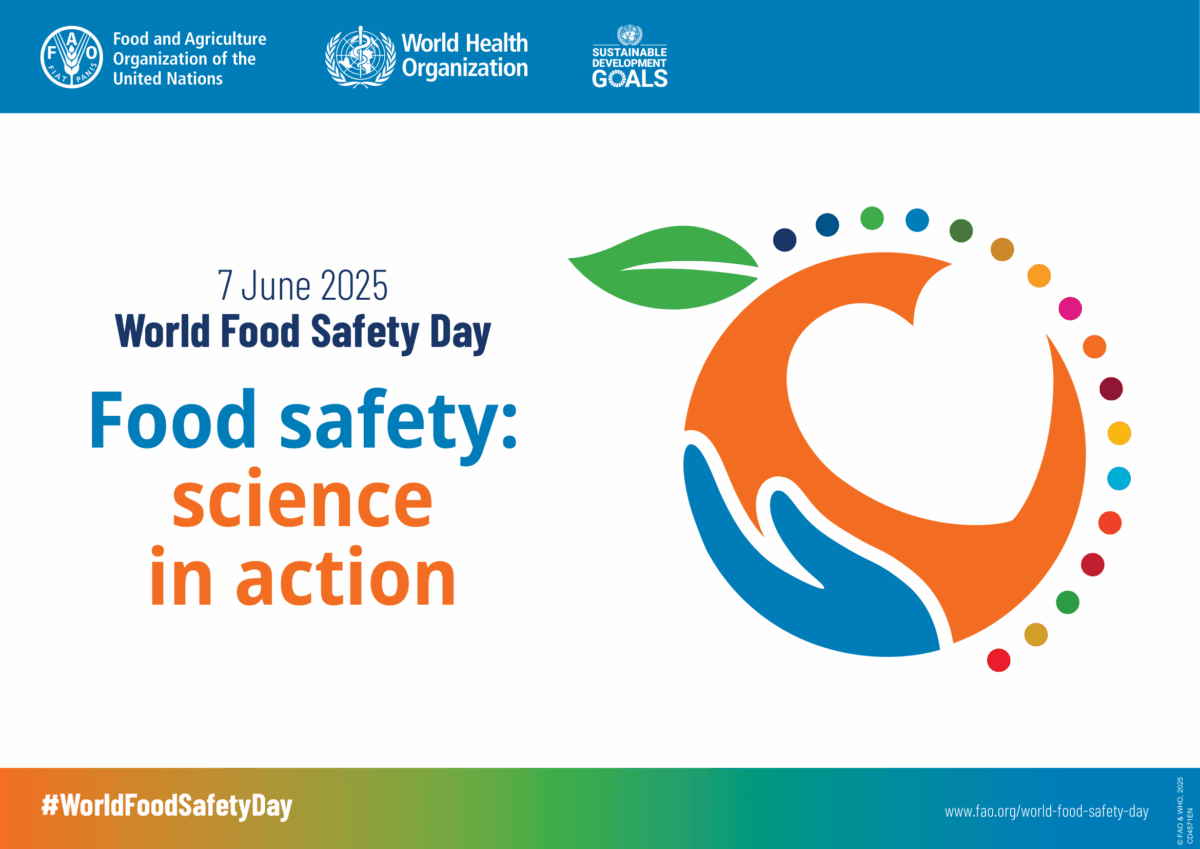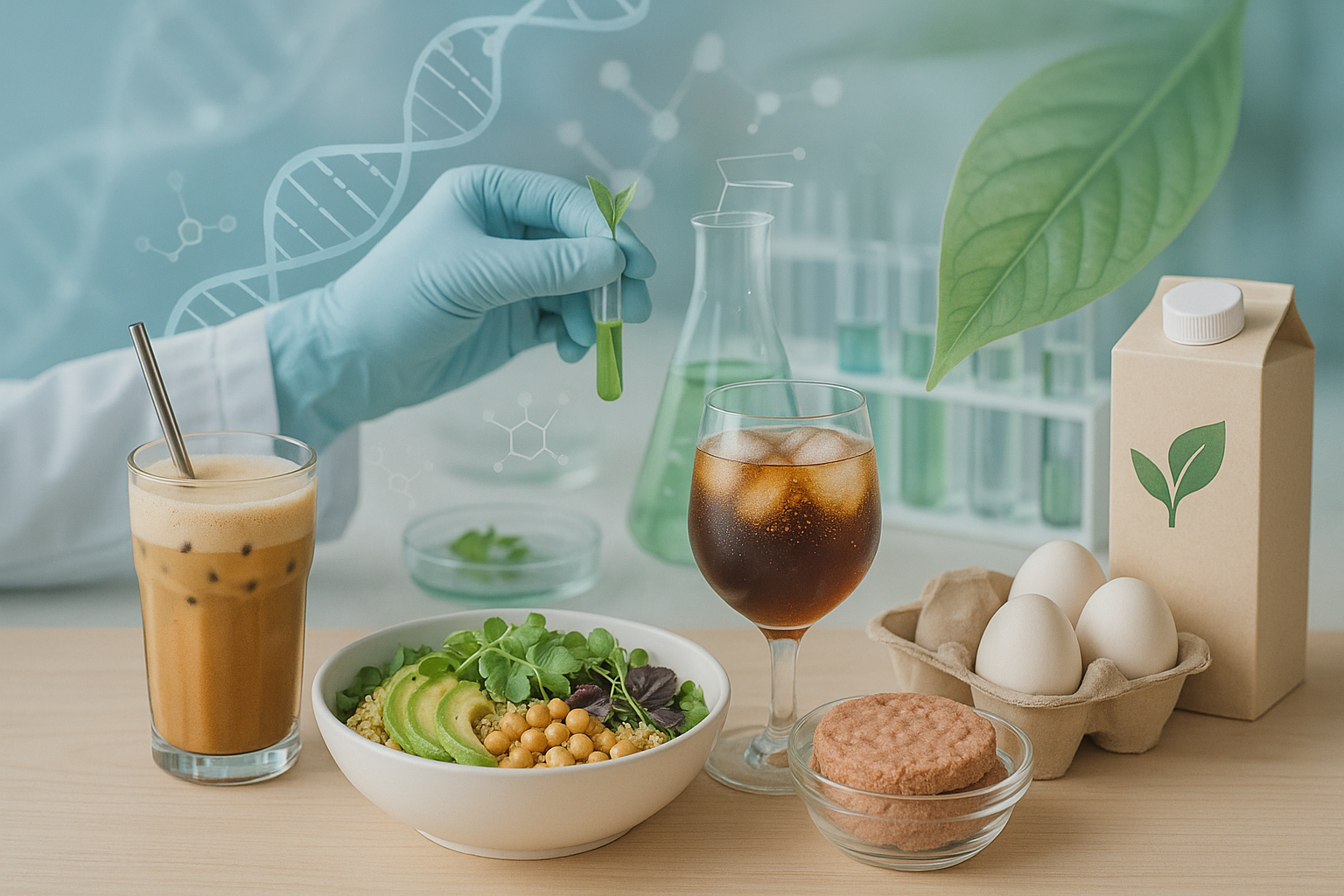Eating a healthy, balanced diet is no longer just about getting the right mix of vitamins, minerals, carbohydrates, protein and fat. Now, it’s also about balancing one’s needs with the needs of the planet. One effective way to do this is by focusing on the best foods for the environment. These foods not only support one’s health but also have minimal impact on the planet.
Let’s explore the top 10 best foods for the environment. Each of these foods boasts low carbon footprints, supports biodiversity and offers substantial nutritional benefits. Integrating these foods into one’s diet is a practical way to contribute to a healthier planet while nourishing one’s body.
1. Pulses
Pulses, such as lentils, chickpeas, peas and beans, are nutritional powerhouses. They are packed with protein, low in fat and rich in soluble fiber. From an environmental standpoint, pulses are remarkable because they self-fertilize the soil. Their roots contain bacteria that convert nitrogen from the air into a form that plants can use, reducing the need for artificial fertilizers. Additionally, producing pulses requires significantly less land compared to producing meat.
Related: Top 10 Worst Foods For the Environment
2. Leafy Greens
Dark leafy greens, including spinach, kale, watercress and broccoli, are highly nutritious. They help lower the risk of heart disease and diabetes and are rich in antioxidants and anti-inflammatory compounds. Leafy greens are also very planet-friendly. They grow quickly, allowing for multiple harvests per year, and their production has low carbon emissions, making it one of the best foods for the environment.
3. Mushrooms
Mushrooms are rich in nutrients like B vitamins and vitamin D. Their texture and flavor make them excellent meat substitutes. Environmentally, mushrooms are beneficial because they produce less carbon dioxide than many other crops. They require less water and energy for production, and ongoing research suggests their carbon emissions can be recycled back into greenhouses to grow other crops.
4. Locally Grown Fruits
Eating locally grown fruits can dramatically reduce one’s carbon footprint. Imported fruits often have high water footprints compared to those grown locally. For example, the water footprint of imported raspberries is significantly higher than that of locally grown ones. By choosing locally sourced fruits and eating them seasonally, consumers can help minimize the environmental impact of transportation and storage.
5. Seaweed
Seaweed is gaining popularity not only as a food ingredient but also for its environmental benefits. It is rich in protein, omega-3 fatty acids, vitamin C, antioxidants and iodine. Seaweed produces a substantial amount of the earth’s oxygen and can absorb carbon dioxide, nitrogen and phosphates, effectively converting agricultural run-off. It can also be harvested multiple times a year, making it one of the best foods for the environment.
6. Mussels
Mussels and other bivalves like clams are nutrient-dense foods with high levels of protein, omega-3s, iron, zinc and magnesium. They are excellent for feeding a growing global population. Mussels also help clean the oceans by filtering water and removing waste particles. Farmed mussels do not require land, freshwater or feed, and their farming ropes provide habitats for other marine life.
7. Cereals and Grains
Cereals and grains should make up a large part of a healthy diet. However, it’s important to diversify the types of grains one consumes. Monoculture farming can harm soil health and increase the need for pesticides. Opt for grains like buckwheat, teff, spelt and quinoa. These alternatives not only enrich one’s diet but also support better soil health and reduce the need for chemical inputs.
8. Grass-Fed Beef
Grass-fed beef may seem an unlikely candidate for sustainable food, but it has its merits. Some land used for grazing cattle is unsuitable for growing crops. If managed as part of a regenerative farm, grazing cattle can improve soil health. Grass-fed beef can be carbon-neutral in the long term, although it’s not a complete solution to climate change. For those who consume meat, locally sourced, grass-fed beef is the least impactful option.
9. Oats
Oats are resilient crops that grow at high altitudes and without chemical fertilizers. They can be used as a break crop to replenish soil health. Oat milk is also a more water-efficient plant milk compared to soy or rice milk. Nutritionally, oats help lower bad cholesterol and reduce high blood pressure. Locally grown oats are preferable to minimize the environmental impact of transportation.
10. Figs
Figs are not only delicious but also environmentally beneficial. They support a vast array of wildlife, with many bird and mammal species depending on them. Figs can help regenerate deforested landscapes and are resilient to climate change. For humans, figs support digestion, weight management, bone health and blood pressure regulation. They grow well in many Mediterranean climates and can even be cultivated in home gardens.
Incorporating these top 10 best foods for the environment into one’s diet is a practical step towards sustainability. These foods provide essential nutrients while having minimal environmental impact. As we face growing environmental challenges, adopting a diet rich in sustainable foods is a crucial part of the solution.
If you want your company to be featured on Xtalks.com, please email [email protected].












Join or login to leave a comment
JOIN LOGIN